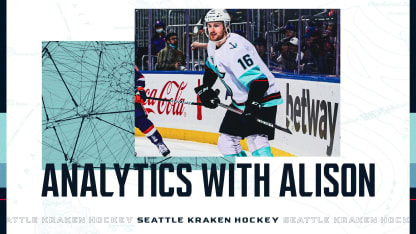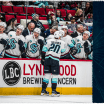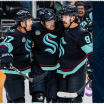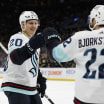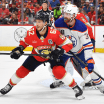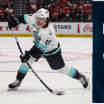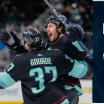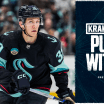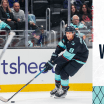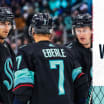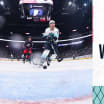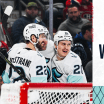So, I asked Eberle and McCann about this. Do they deliberately decide to try for this type of play? If so, why? And if not, what plays are set up?
Let's dig in.
Both Eberle and McCann explained that for them, this specific pass isn't a "set play" or something specific they are looking for; but it is a manifestation of playing together, knowing each other's tendencies and trying to capitalize on that.
"(It's about) execution," Eberle said. "Reading the play, and playing with each other. And even moreso, knowing where (McCann) likes to shoot it so I can pass it to him."
But while this specific pass and setup isn't one to fight for, if the opportunity exists, it's definitely one to take advantage of.
"You make that pass, a lot of times it's going to be a goal," Eberle said. "The goalie is going one way and you have pretty much half the net to shoot at."
In addition to the benefit of making a goaltender move laterally (as a cross-slot pass does), the added challenge to a netminder to find the puck off a pass that comes from behind only helps your chances of scoring.
"I feel like sometimes it can handcuff the goalie a little bit (with a cross slot feed from the goal line)," McCann said. "Obviously I had the goal against (Dallas' Jake Oettinger) … he was looking the other way."
OK, so now we know that, unsurprisingly, players are keenly aware of what the most dangerous passes are and the advantages they create; but knowing when to attempt them and making them happen is still what makes hockey an art not a science.
"It's (a) high risk (pass) because you're throwing the puck into a lot of defenders," Eberle said. "First off, the play's got to be there and second off, you have to make it. There's a lot that has to go right."
So, what kind of plays are set then? Usually, it's a play off the faceoff because that's the one time, as Eberle described, you can have all five guys on the same page. McCann said the Kraken have 4-5 of these set plays that they use quite a bit, and if the team is going to try one, it's usually the center that will make the call.
